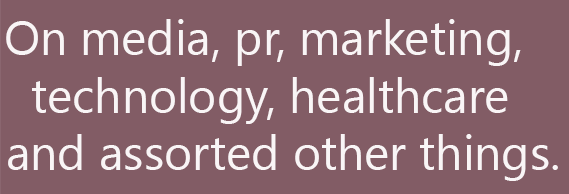
I recently moderated/lead a panel discussion on the challenges of managing an extended workforce (it was part of the HRTA’s Collaboration Zone event). The discussion followed several presentations which addressed the mechanics of the extended workforce, and an assortment of “enabling” technologies that allow workers and organizations to match talent to task, without geographical encumbrances. But the session I was enlisted to lead primarily spoke to the “collateral” issues:
• In the podcast I co-host (Work in Progress), we often talk about company culture — whether it’s a CEO, a film director on set, or a musician leading a recording session, we speak about the importance of building an esprit de corps that produces the best work and best outcomes. Will an increasingly extended workforce, where work is mostly transactional, make company culture less important? If it is still held to be important, how is it maintained across multiple time zones and personal work zones? (A shortcoming inherent in most conventional talent assessment models is their overly narrow focus on the required skills for minimal performance on the job. This may attract people who, on the surface, would appear to be good candidates and well‐suited to the position. But how many temp or gig hires who appear well-suited “on paper” don’t pan out owing to a variety of “cultural” and work style issues even if they work remotely? As someone who’s worked with numerous companies as an “outsider,” each company does have a distinct culture, even if it’s not something they explicitly express, and you do have to make the appropriate adjustments to assure a smooth, positive relationship.)
• An extended workforce implies that you’re on a perpetual hiring footing, which can be expensive, resource-intensive, time-consuming in that you’re continually needing to onboard and train, and it doesn’t always produce reliable results. If not carefully managed, the flexibility that “just in time” hiring offers can become a source of instability and uncertainty.
• How do you promote engagement and retention when the employer-employee relationship is task-oriented and inherently transactional? How do you retain a top performer, particularly as newer, shinier, and better-paying opportunities continuously beckon, and as one of the allures of gig work is the ability to go from company to company, gig to gig?







